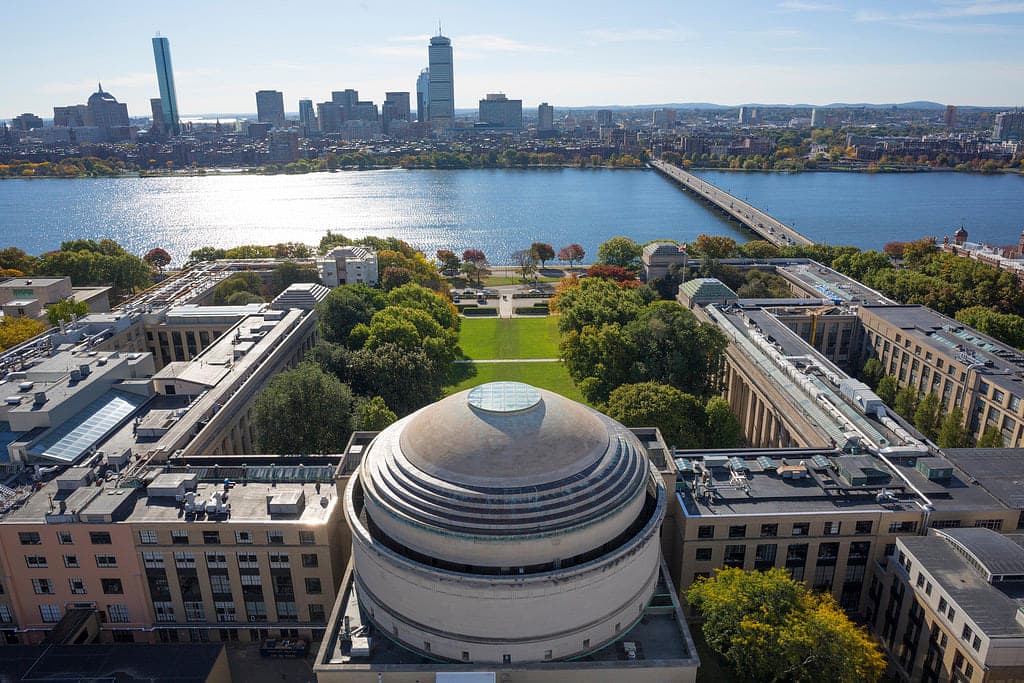Statement on the Role of Diversity
A diverse student body is and has long been critical to the educational mission of MIT. We are committed to providing our students “with an education that combines rigorous academic study and the excitement of discovery with the support and intellectual stimulation of a diverse campus community.
The study of earth, atmospheric, and planetary sciences at MIT combines the momentum of a top-ranked research university with the advantages of an accessible, collegial department. We offer opportunities for far-ranging field work as well as laboratory modeling and experimentation closely guided by renowned MIT faculty members. EAPS students explore the genesis, structure, and dynamics of the Earth’s core and land surface, oceans and atmospheres, biosphere and solar system. Our challenging fields of study integrate biology, chemistry, mathematics, and physics in a variety of ways depending on individual student interests.
The EAPS graduate program offers students a learning and research environment that is unequaled in its interdisciplinary opportunities. EAPS graduate students interact with accomplished faculty and researchers and have access to world-class facilities. Our department participates actively in the Joint Program between MIT and Woods Hole Oceanographic Institution.
EAPS graduate students may pursue a doctoral degree or, in select cases, a traditional master of science degree.
EAPS scientists and students are driven to discover the inner workings of the natural world by asking fundamental questions. How did the Earth come to be? And what sequence of events produced a world where life can thrive? Can microbes influence the atmosphere? What role do the oceans play in regulating the Earth’s temperature? Does rapid climate change contribute to mass extinctions? What is the climate like on Pluto? And what can it tell us about our own? Can we ever predict earthquakes? Or landslides? Is it possible to capture and store carbon emissions safely underground? Every day, we conduct discovery-driven research to investigate these processes and forces, revealing quantitative evidence that shapes our understanding of Earth’s present, its past, and its potential future.
Whether using high-precision radiometric dating to calibrate the geologic time scale, comparing field measurements of ocean dynamics against computational simulations with the MIT Global Circulation Model, or taking precision telescopic measurements of the light from faraway stars to discover new worlds, our research is focused on scientifically and quantitatively measuring both present-day and historical natural systems. The complex interactions we study require a rigorous approach. And the context we gain from this fundamental inquiry is vital to our appreciation of the extent and impact of modern environmental change—providing valuable information to help guide our future.
From fieldwork in far-ranging places, to designing complex physical and computational models and carefully-crafted experiments in our world class labs, EAPS students have the opportunity to work alongside faculty and researchers conducting significant research. You could be mapping rocks in the desert southwest to understand ancient climate and ocean changes, or making telescope observations of the outer solar system at our own Wallace Observatory. Or perhaps you’ll be gathering air samples from a plane to understand how airborne particles affect cloud formation, or recreating the conditions of early Earth in the lab to understand how and when microbial photosynthesis began. No matter what concentration you choose, our challenging fields of study integrate biology, chemistry, mathematics, and physics with practical application and real world experience.
